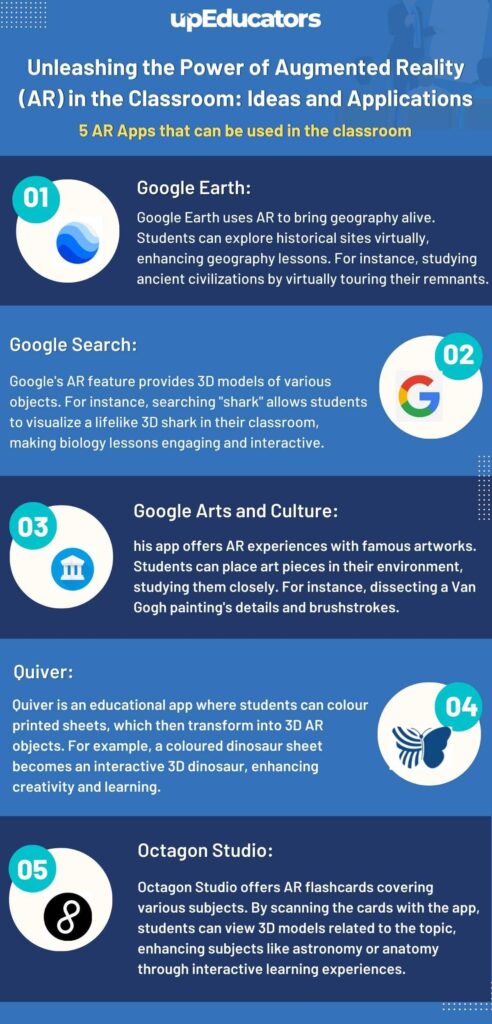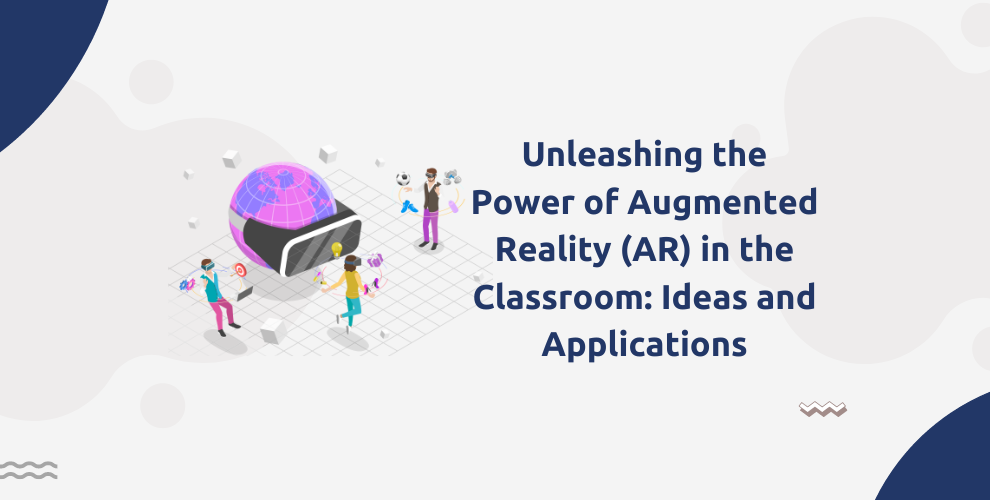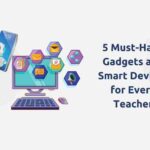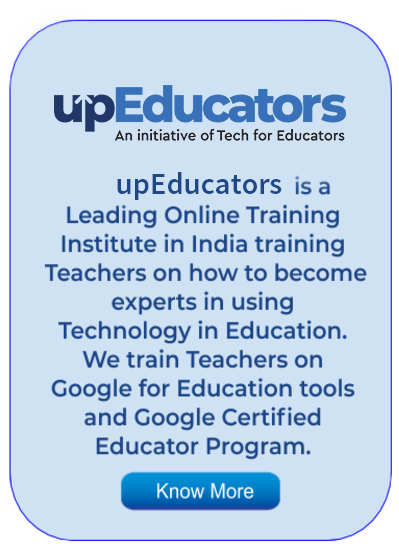Augmented reality (AR) is like a magical portal that bridges the gap between the physical and digital worlds. Imagine looking through a special lens, where the ordinary suddenly transforms into the extraordinary. AR overlays computer-generated elements onto the real world, enriching our perception and experience. It’s as if hidden layers of information, interactive objects, or fantastical creatures come to life right before our eyes.
Through AR, your classroom may become a mesmerizing journey through ancient civilizations, with virtual artifacts hovering around you. Or you could explore the human body, watching animated cells pulsate within your own hands. AR lets us paint our reality with digital colors, making the impossible seem possible and sparking our imagination like never before. It’s a glimpse into a world where the boundaries of what we can see and touch are playfully blurred, and endless possibilities await around every corner.

Augmented Reality is the future of the classroom and teachers can reap the benefits of this methodology to make teaching better and bigger. In this blog, we share 6 ideas and applications of Augmented Reality in the classroom and how teachers can use them to implement them. So let’s look at these ideas and applications of Augmented Reality in the classroom.
Enhancing understanding and contextual learning through interactive 3D models and information overlays
AR empowers educators to enrich lessons with interactive 3D models that students can manipulate and examine closely. For instance, in biology class, students can explore the human anatomy in 3D, zooming in on organs and systems for a more in-depth understanding. AR overlays also provide real-time information and data, such as labeling the parts of a plant or explaining geological formations during a geography lesson. This interactive approach enhances students’ grasp of complex concepts and encourages active participation in their learning journey.
Utilizing AR to simulate scientific phenomena and experiments
AR can simulate scientific phenomena that are difficult or impossible to recreate in a traditional classroom setting. Students can witness chemical reactions, explore the solar system, or observe the water cycle through interactive AR simulations. AR allows for a safe and controlled environment for conducting virtual experiments, encouraging students to hypothesize, analyze data, and draw conclusions. By engaging in virtual scientific inquiry, students develop critical thinking skills and a deeper appreciation for the scientific method.
Introducing AR apps or tools to support language acquisition and vocabulary development
AR can enhance language learning by creating interactive and dynamic language experiences. For instance, language learners can point their device at objects in the classroom, and AR will display the corresponding vocabulary word in the target language. AR flashcards can also be used to present images and pronunciations, making language acquisition more enjoyable and effective. Additionally, students can interact with virtual characters to practice conversation skills, enhancing fluency and confidence in speaking.
Allowing students to overlay digital elements onto their artwork or explore virtual galleries:
AR empowers students to infuse their creativity into their artwork by adding digital elements. Students can create interactive paintings or sculptures by incorporating AR effects like animated characters or 3D elements. Furthermore, AR can transform the classroom into a virtual art gallery, showcasing students’ work with digital overlays, artist bios, and interactive descriptions. This fusion of art and technology elevates the art-making process, fostering innovative thinking and self-expression.
Engaging students in collaborative learning experiences through AR escape rooms or scavenger hunts
AR can turn traditional learning activities into exciting, collaborative adventures. Teachers can design AR-based escape rooms or scavenger hunts, where students work together to solve puzzles, complete challenges, and unlock new information. For instance, during a history lesson, students may collaborate to solve historical riddles and unlock hidden clues that lead them to the next location. This gamified approach not only reinforces knowledge but also fosters teamwork, communication, and problem-solving skills in an engaging and memorable manner.
AR Applications that can be used in the classroom
- Google Earth : This AR app allows students to explore the world in 3D, making geography and environmental studies more interactive and engaging. They can virtually visit different locations, examine geographical features, and learn about various cultures and ecosystems.
- Google Search : With augmented reality integration, Google Search enhances classroom learning by bringing 3D models of objects, animals, and historical artifacts to life. This interactive experience helps students visualize complex concepts and gain a deeper understanding of the subjects they study.
- Google Arts and Culture : This app offers an immersive AR experience that transports students to museums and historical sites worldwide. Through virtual tours and interactive exhibits, learners can delve into art, history, and culture, enriching their knowledge beyond the traditional classroom setting
- Quiver : Quiver is an educational AR coloring app that stimulates creativity and learning. Students can color pre-designed pages, and the app brings their creations to life in 3D, providing a fun and interactive way to explore topics like science, animals, and storytelling.
- Octagon Studio : Octagon Studio’s AR apps cover various subjects, from biology and space exploration to history and ancient civilizations. The apps present information through interactive AR models, fostering hands-on learning experiences and encouraging students to actively participate in the learning process.
Incorporating augmented reality in these creative ways enriches the educational experience, making learning more interactive, immersive, and enjoyable. AR opens doors to endless possibilities, engaging students on a deeper level and preparing them for a future where technology and education go hand in hand. If you are a teacher who wants to discover and apply AR in the classroom, then the Masterclass on AR VR for Teachers by upEducators is a must for you. This Masterclas will help you understand the applications and usage of AR in the classroom.
Author: This article is written by Samiya Rashid for upEducators blog.




